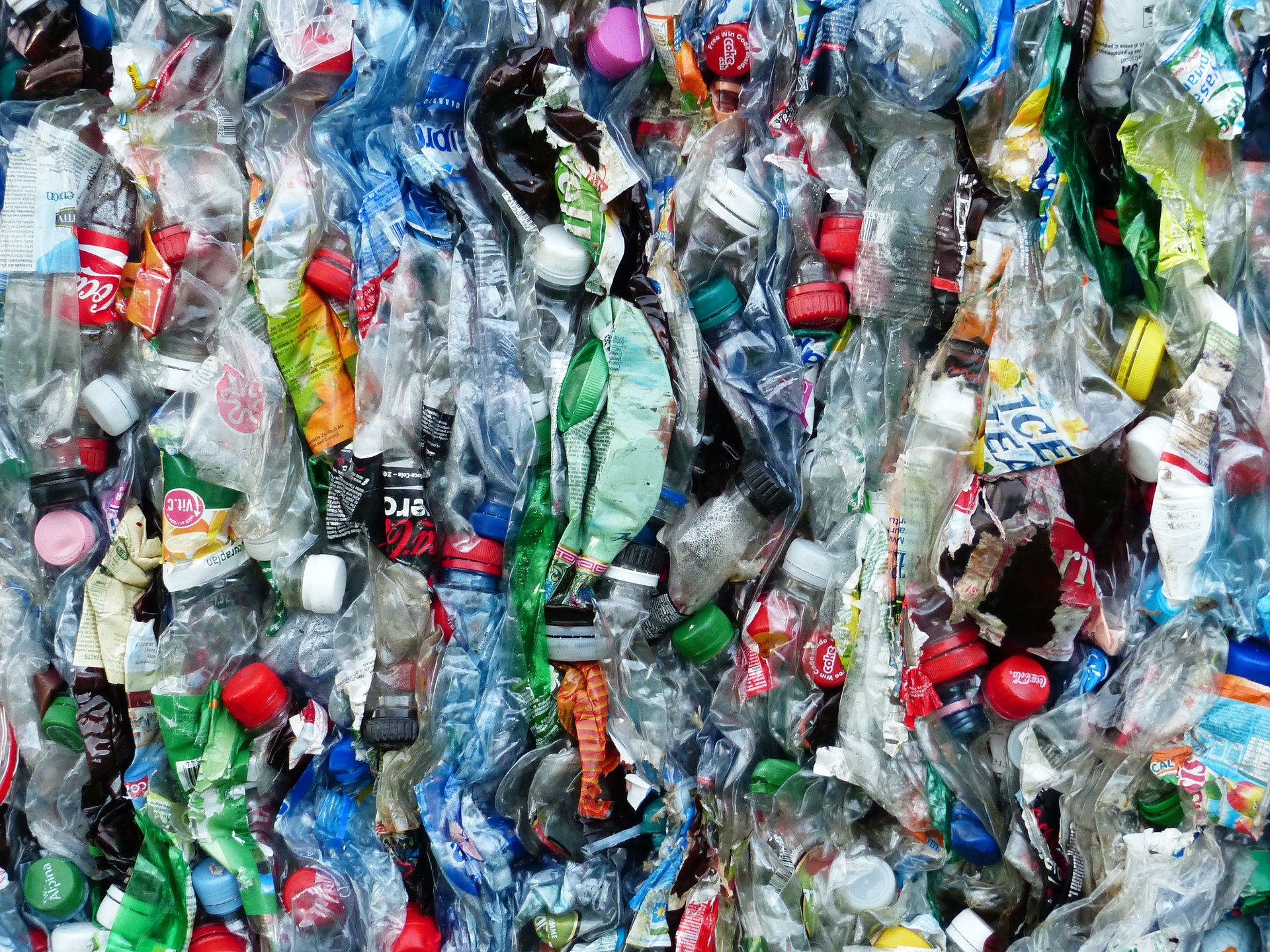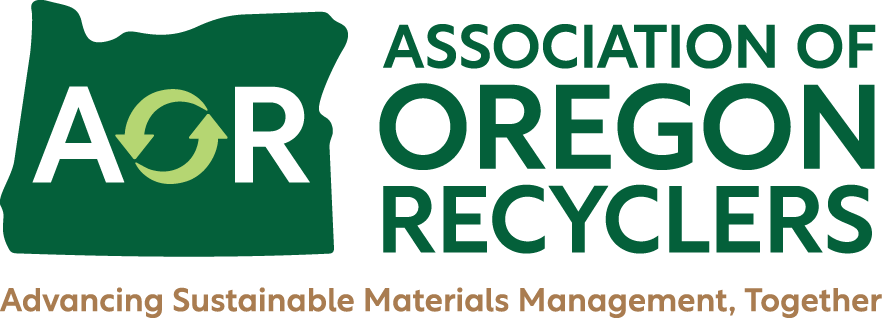Oregon's Recovery Rate is Highest on Record
 Thanks to efforts in Oregon to recover materials for recycling, composting, and burning for energy, the state continues to see sizable energy savings and greenhouse gas reductions. At the same time, per-capita waste generation in Oregon is 18.6 percent below 1992 levels.
Thanks to efforts in Oregon to recover materials for recycling, composting, and burning for energy, the state continues to see sizable energy savings and greenhouse gas reductions. At the same time, per-capita waste generation in Oregon is 18.6 percent below 1992 levels.
These findings and numerous other facts about the state’s waste generation and recovery of materials are in the 2013 Oregon Material Recovery and Waste Generation Rates Report, on DEQ’s Materials Management web page (scroll down to “reports”). The report lists material recovery rates for 35 wastesheds, which consist of 33 counties, one municipality (Milton-Freewater) and the Portland region (Clackamas, Multnomah, and Washington counties). DEQ has tracked Oregon’s waste generation and recovery of materials since 1992. In recent years, DEQ also has computed energy savings and greenhouse gas reductions form materials recovered from recycling, composting, and energy recovery.
Energy savings in 2013 were the equivalent of 267 million gallons of gasoline, or roughly 3.4 percent of total energy used by all sectors of Oregon’s economy in 2013. Greenhouse gas reductions in 2013 from recycling, composting, and energy recovery totaled approximately 3 million metric tons of carbon dioxide equivalents – equal to tailpipe emissions from 690,000 passenger vehicles, or roughly 4.5 percent of all greenhouse gas emissions statewide.
Overall, Oregon recovered 2.4 million tons of materials for recycling, composting and energy production, achieving a 53.9 percent recovery rate. That rate is the highest in the state’s 22-year history of tracking the numbers, and up from 2012’s 53.4 percent. Both percentage figures include credits that counties and municipalities can claim for operating state-certified waste prevention, reuse, and residential composting programs. For the fourth year in a row, Oregon met its 50 percent recovery goals set by the Oregon Legislature several years ago.
Most of the increase in the state’s rate was due to increased recovery of organic materials including yard debris and food waste. Recovery of electronics, paint, paper, and plastic also increased, while glass and metals recovery decreased.
- Log in to post comments


